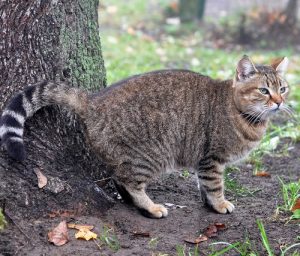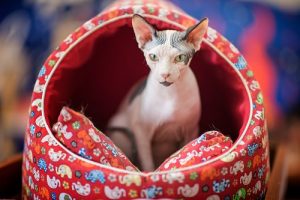Ever wondered, ‘Why is Cat Litter So Expensive?’ Find out now the truth behind those hefty price tags and more!
From food to toys and healthcare, cat ownership comes with its costs. However, one question remains a mystery for many – ‘Why is Cat Litter So Expensive?’ Let’s find out the answer below.
Learn Do Russian Blue Cats Like Water here
What is Cat Litter?
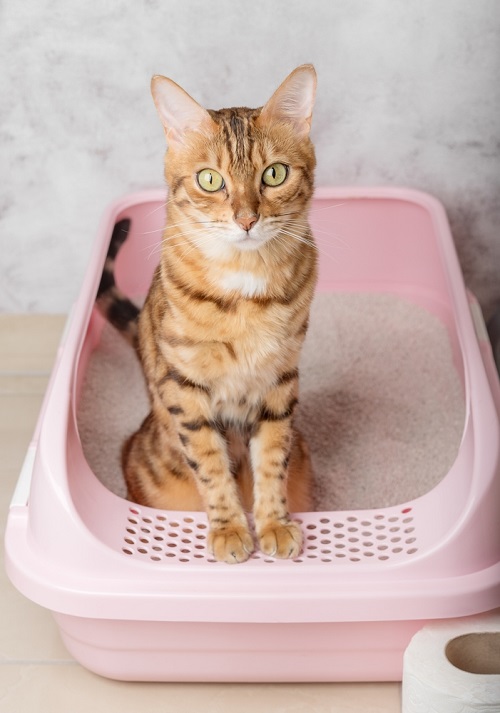
Typically made from absorbent substances like clay, silica gel, or natural fibers, cat litter helps contain the odor and moisture associated with cat urine and feces. Kitty owners commonly use cat litter in litter boxes, trays, or automated systems to provide felines with a designated spot to eliminate. Cat litter comes in various forms, including clumping, non-clumping, scented, unscented, and biodegradable options.
Why is Cat Litter So Expensive?
Cat litter is costly because of the below reasons:
- The quality and composition of cat litter play a significant role in determining its price. Higher-quality cat litters often come with a higher price tag due to their superior performance in terms of odor control, absorbency, and clumping ability.
- Some cat litter is made from premium materials, such as natural or organic fibers, which can be more expensive to produce compared to clay-based litter.
- Research and development costs associated with creating innovative cat litter formulas and technologies can contribute to higher prices.
- Branding and marketing efforts by cat litter manufacturers can also add to the overall cost of the product.
- Transportation and logistics expenses, such as shipping heavy bags of cat litter, can increase the price.
- Some cat litter has added features like odor-eliminating agents, antibacterial properties, or dust control mechanisms, which can drive up the cost.
- Limited availability or exclusivity of certain cat litter brands or types results in higher prices.
- Demand and supply dynamics, including market competition and fluctuations in raw material costs, can influence the pricing of cat litter.
- Packaging materials and design, especially for premium or specialized cat litter, can contribute to higher prices.
Types of Cat Litter
As science advanced, multiple types of cat litter have been created for the convenience of both the owner and the kitty. Some of the most popular types of cat litter are:
- Clay-based litter: One of the most common types is clay-based litter. It’s made up of sodium bentonite clay, which provides excellent clumping and odor control.
- Silica gel litter: Made from a form of silica, this litter absorbs moisture effectively and can trap odors. It tends to produce less dust compared to other types of litter.
- Natural fiber litter: Manufacturers create this type of litter using renewable materials such as recycled paper, wood shavings, corn, wheat, or grass. It is often biodegradable and can be an eco-friendly option.
- Crystal litter: Composed of silica gel crystals, this type of litter provides superior moisture absorption and odor control. It has low dust and can last longer before needing replacement.
- Pine litter: Made from pine wood shavings, this litter has natural odor-fighting properties and can be effective in controlling ammonia smells. It is often available in pellet form.
- Recycled paper litter: Produced from recycled paper products, this litter is biodegradable, absorbent, and dust-free. It is suitable for cats with respiratory sensitivities.
- Walnut shell litter: Made from crushed walnut shells, this litter offers good odor control and clumping properties. It’s often low-dust and environmentally friendly.
- Corn litter: Created from corn kernels, this litter is biodegradable and often clumps well. It is a natural alternative that is safe if ingested by cats.
- Wheat litter: Produced from wheat by-products, this litter is biodegradable and can clump for easy scooping. It is often gentle on cats’ paws.
Composition of Cat Litter
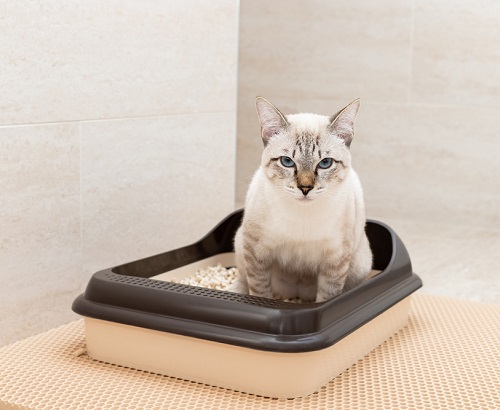
To know why something is expensive, it is crucial to know its components. The following are the substances that are included in cat litter:
- Typically, the manufacturers compose cat litter using absorbent materials such as clay, silica gel, or natural fibers.
- Manufacturers commonly produce clay-based cat litter, utilizing a type of clay known as sodium bentonite, which exhibits excellent absorbency properties.
- Manufacturers create silica gel litter from a form of silica that effectively absorbs and traps moisture.
- Manufacturers produce natural fiber-based litter using materials such as recycled paper, wood shavings, corn, wheat, or grass.
- Some cat litters contain added fragrances or baking soda to help control odors.
- Clumping cat litter forms solid clumps when it comes into contact with liquid, making it easier to scoop and clean.
- Non-clumping cat litter does not form clumps but absorbs moisture to control odors.
- Manufacturers design some cat litter to be biodegradable or flushable, providing cat owners with more environmentally friendly options.
- Manufacturers offer specialized litters, including those tailored for kittens, cats with sensitivities, or households with multiple cats.
Importance of Cat Litter
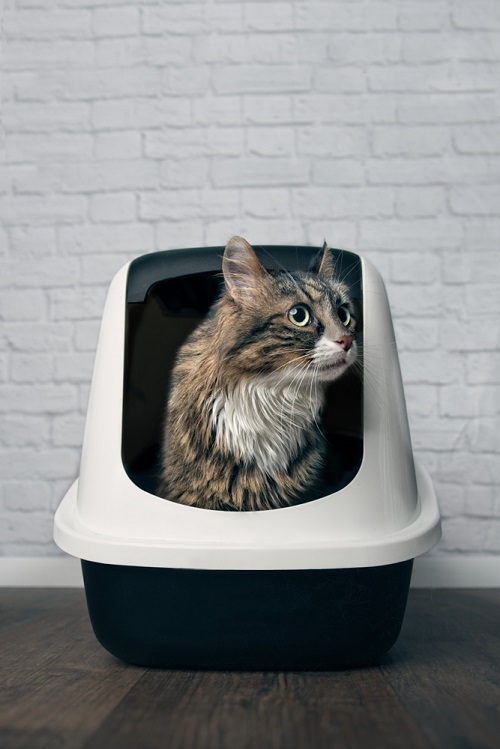
- Hygiene and cleanliness: Cat litter provides a designated area for felines to eliminate, helping to maintain cleanliness and hygiene within the home. It controls odors associated with cat urine and feces, preventing them from spreading throughout the house.
- Odor control: Cat litter is designed to absorb and neutralize odors, keeping the living space fresh and free from unpleasant smells. This is particularly important in indoor environments where proper odor control is crucial.
- Health benefits: Cat litter prevents the accumulation of urine and feces, which can harbor bacteria. This can lead to health issues for both felines and humans. By providing a clean and controlled environment for waste elimination, cat litter minimizes the risk of infections or diseases associated with unsanitary conditions.
- Environmental considerations: Many cat litters are now available in biodegradable or eco-friendly options, reducing the environmental impact of waste disposal. These litters are designed to decompose naturally or can be composted, contributing to a more sustainable approach to pet care.
- Indoor cat needs: For kitties that primarily live indoors and have limited access to outdoor areas, cat litter provides a crucial solution for their elimination needs. It ensures their comfort and well-being by offering them a suitable and accessible spot to relieve themselves.
Why is Cat Litter So Expensive? Quick Takeaways!
- Cat litter is a specialized material designed to provide a sanitary and convenient solution for indoor cats to relieve themselves.
- Cat litter is usually made of clay, silica gel, natural fibers, and in some rare cases, baking soda.
- The different types of cat litter are clay-based litter, silica gel-based litter, wheat-based litter, scented litter, unscented litter, natural fiber-based litter, corn litter, recycled paper litter, pine litter, and crystal-based litter.
- The high cost of cat litter is determined by the premium quality components used to make them, packaging, branding, and research that is put into it.
- The recent up-rise in cat litter prices is due to the following reasons: increased demand, higher cost of raw materials, marketing prices, environmental regulations, and limited competition.

